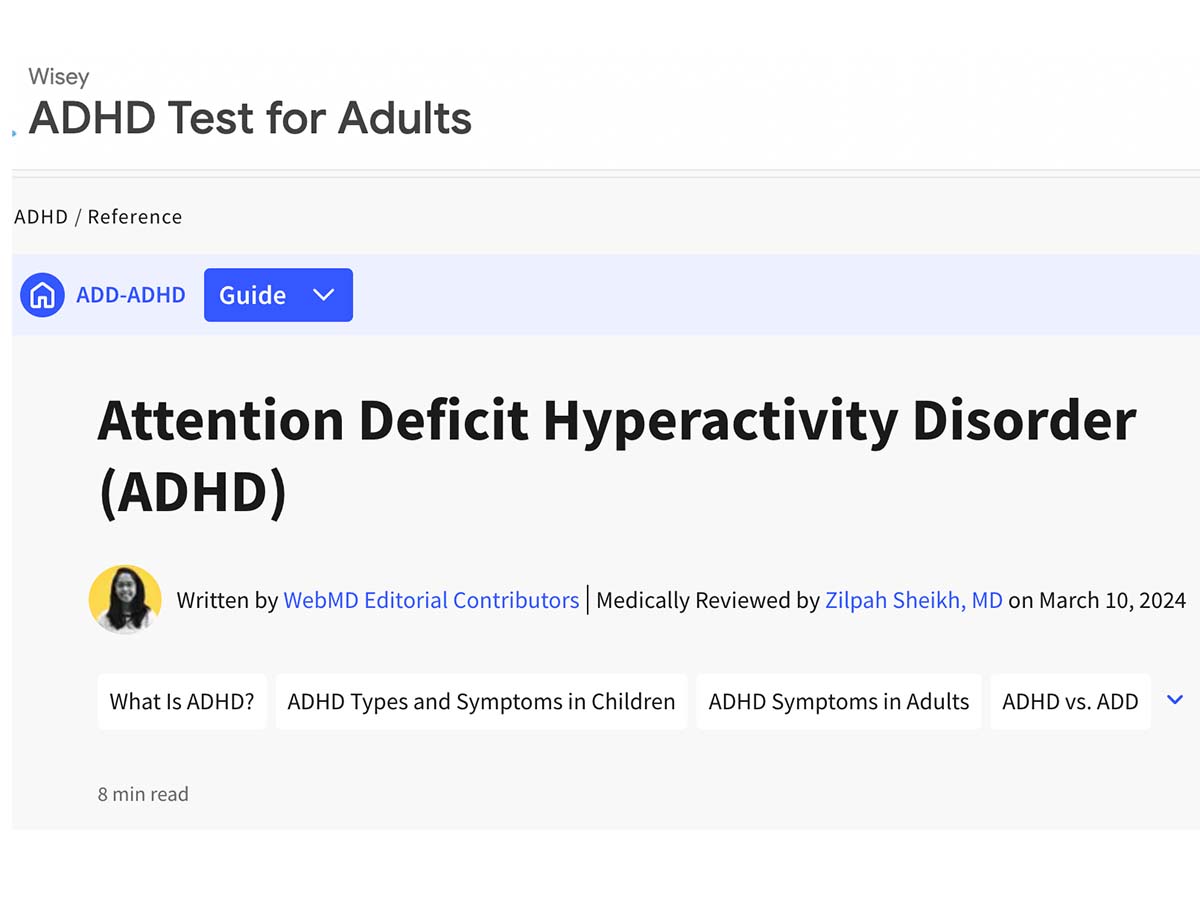Creating healthcare content that meets Google’s stringent E-E-A-T (Experience, Expertise, Authoritativeness, and Trustworthiness) guidelines requires a meticulous and collaborative process.
Successful content marketing in the healthcare niche requires an approach that ensures that every piece of content is accurate, reliable, and valuable to the reader. This article provides a format that clarifies the responsibilities of each individual or team at every stage, from initial marketing research to post-publication marketing.
The E-E-A-T Healthcare Content Workflow
The table below illustrates an effective Healthcare Content Marketing Workflow.
Sections in this table explain the integration of E-E-A-T principles throughout. Each “swimlane” represents a core team or function, showing their specific tasks, responsibilities, and how they interact with others.
| Step | Action / Task | Primary Responsibility | E-E-A-T Contribution |
|---|---|---|---|
| Phase 1: Strategy & Foundation | |||
| 1 | Audience & Keyword Research | Market Research & SEO Team |
|
| 2 | Content Brief Development | Content Strategists |
|
| 3 | Initial Brief Consultation | Medical Expert Reviewers |
|
| Phase 2: Content Creation | |||
| 4 | Content Drafting | Content Writers |
|
| Phase 3: Verification & Validation | |||
| 5 | Expert Medical Review | Medical Expert Reviewers (MDs, PhDs, RNs) |
|
| 6 | Editorial Review & Editing | Editorial Team |
|
| Phase 4: Optimization & Publication | |||
| 7 | On-Page SEO Optimization | SEO Team |
|
| 8 | Author & Reviewer Attribution | Content & Web Team |
|
| 9 | Final Polish & Publication | Editorial & Web Team |
|
| Phase 5: Amplification & Maintenance | |||
| 10 | Content Marketing & Outreach | Marketing Team |
|
| 11 | Performance Tracking | SEO & Analytics Team |
|
| 12 | Regular Content Updates | All Teams |
|
How Each Step Reinforces E-E-A-T
- Market Research (Experience & Trustworthiness): By focusing on real user questions, the content is immediately more relevant and demonstrates an understanding of the audience’s experience.
- Content Brief (Expertise & Trustworthiness): A detailed brief ensures that the content is structured logically and backed by a solid foundation of research, which is a key aspect of expertise.
- Writers (Experience): Talented writers can translate complex medical information into easy-to-understand language that resonates with the patient’s experience.
- Expert Reviewers (Expertise & Authoritativeness): This is a critical step where qualified medical professionals lend their authority and expertise to the content, ensuring its accuracy and building trust.
- Editors (Trustworthiness): A well-edited and clearly written article is easier for users to trust. The editorial process ensures that the information is not only accurate but also accessible.
- Optimizers (Authoritativeness & Trustworthiness): Proper SEO techniques, including clear attribution and linking to authoritative sources, signal to search engines that the content is credible.
- Marketing (Authoritativeness): When other reputable sites link to your content, it builds its authority in the eyes of both users and search engines.
Healthcare market research for creating targeted marketing campaigns
By analyzing search trends, patient queries and user behavior, AI-powered tools can pinpoint the topics and search intents most relevant to your target audience. This research is bedrock for your marketing team. It keeps your content strategies aligned with consumer interests while addressing patients’ most pressing concerns, resulting in more engaging and impactful content.
By following this structured workflow, your healthcare organizations can consistently produce high-quality content that not only serves as a trusted resource for your audience ranks but also performs well in search results.
 Example of Articles that Display Writer and Medical Review Roles
Example of Articles that Display Writer and Medical Review Roles
- Author and Reviewer at the Top: Immediately under the title, it clearly states: “Written by The WebMD Editorial Contributors” and “Medically Reviewed by Dan Brennan, MD on November 07, 2022.”
- Linked Bios: Dr. Brennan’s name links to his detailed biography, which lists his board certifications, medical school (University of Vermont College of Medicine), and areas of specialty. This allows users to verify his expertise and credentials
- Editorial Contributors: By mentioning “The WebMD Editorial Contributors,” they also hint at a broader team effort involving writers and editors who specialize in health content, in addition to the final medical review.
The method of display can vary, based on the type of article and the various roles involved in its creation. The core principle remains the same: making the expertise behind the content visible and verifiable to both readers and search engines. It is crucial for demonstrating E-E-A-T in the healthcare space.
I find that AI is very helpful in sourcing and verifying factual content. Patients want to know a true expert is answering medical questions.
Why Healthcare Articles Benefit By Expert Authorship & Medical Reviewers
Google is already removing ambiguity by focusing on unityped person entities. Meaning, when the article’s authorship is not clearly disclosed. This need for clarity for person entities continues a long-term trend we saw as more prevalent in 2023 and again in 2024.
Google’s 2023 update increased the number of person entities by three times! Additionally, it placed more emphasis on subtitles that signal E-E-A-T.
Roles in content creation like “writer” and “author” rose by 21% while non-verifiable authors were removed. This signals a clear intent to highlight expertise and ensure value to the searcher. The 2024 update continued that focus, particularly on identifying person entities with a “content Creator” role.
The recent June 2025 update expands on this. It is significantly changing the proportion of person entities that are unityped. At this time, Google’s confidence that an entity is unambiguously a person rose from 70.16% to 76.78%.
It is actively removing other classifications from person entities that relate to article authorship. The intent is to ensure there is no doubt in its algorithmic minds. Readers will have more reason to trust human-writen or reviewed articles that Google Search or AI Bots recommend.
I think establishing “trust” is the most important factor in healthcare content creation. ChatGPT, Gemini, and all AI platforms have only raised the value of expert-human author reviewers.
Authorship directly assigns responsibility and credit for intellectual work, making it a cornerstone of credible healthcare information.
Building Trust in an AI-Driven Healthcare Experience
Patients now expect digital services as standard. This highlights the need for healthcare organizations to involve frontline workers in the creation of digital strategies. With a proper Healthcare Content Marketing Workflow, you can avoid potential pitfalls.
Businesses providing AI-driven answers in the healthcare sector face a rapidly expanding market. While AI models and agents are playing a larger role, effective content remains defined by:
- The critical need to establish trust and ensure accuracy.
- Patients willingness to embrace AI-synthesized answers.
- Data privacy remains a critical concern.
- Articles that avoid algorithmic bias.
- Transparency about AI usage. If patients know AI has sufficient human oversight, they are more accepting of its usage in what they read and in their care process.
The crucial need for an Effective Healthcare Content Marketing Workflow
The creation of accurate healthcare content is not merely a best practice; it’s a fundamental necessity with far-reaching implications for individuals and the healthcare industry as a whole. It is a powerful way to build new patient relationships.
